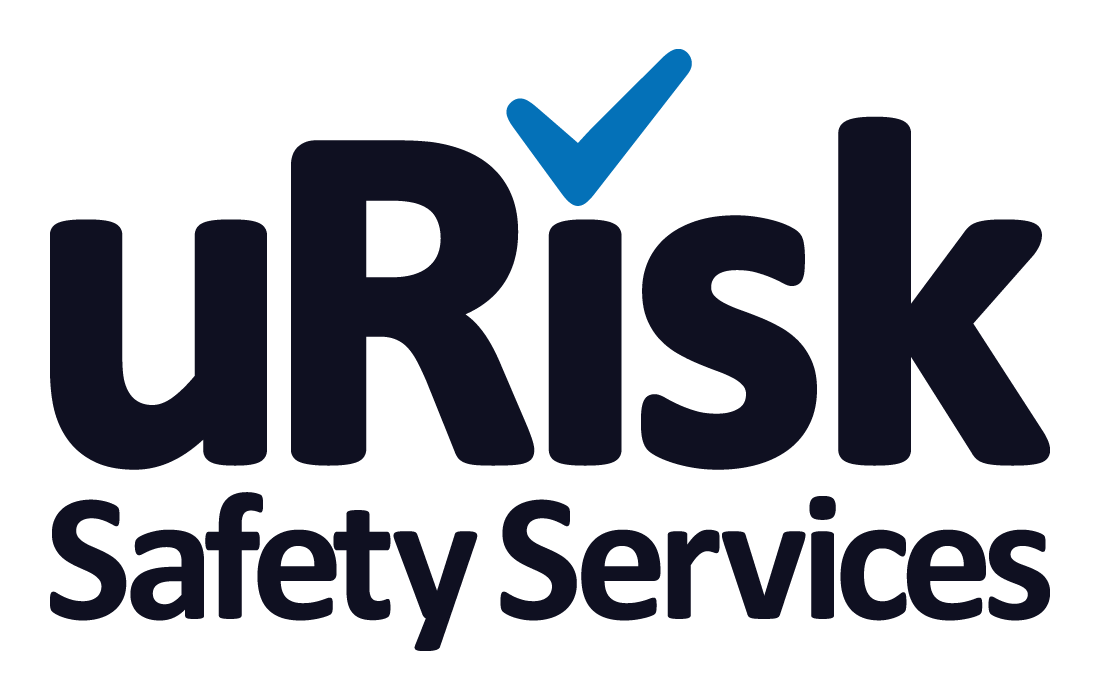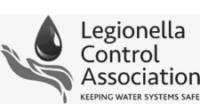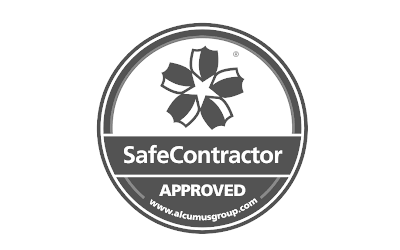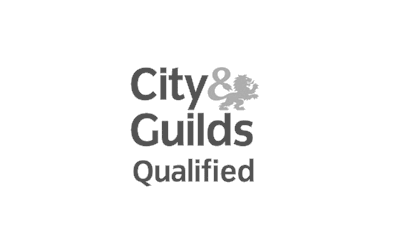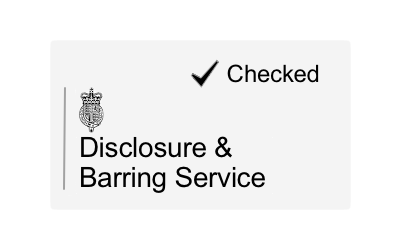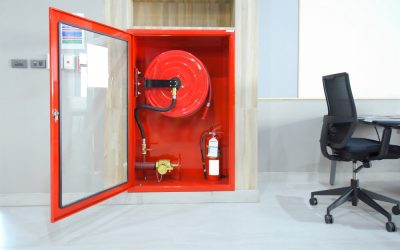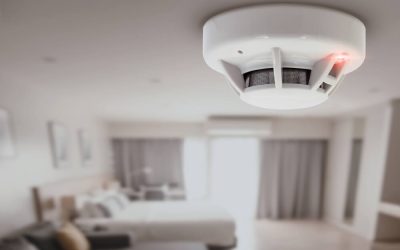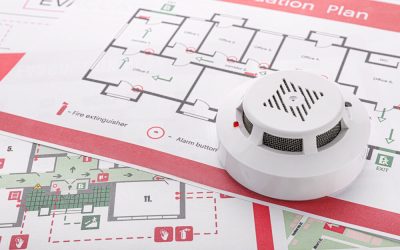7 Essential Things To Know About Water Quality Testing
Testing water for legionella is a key part of responsible building management. Exposure to legionella can cause Legionnaires’ disease, a potentially fatal form of pneumonia. According to Health and Safety Executive (HSE) guidelines, if you are a duty holder, employer or person in control of premises, you must understand the health risks associated with it. Water quality testing plays a vital role in protecting staff, visitors or residents from the dangers of legionella, so in this blog, we’re breaking down the seven essential things you need to know.
1. Why Water Quality Testing Is Important
You may have all your water management and legionella control procedures in place, but if you don’t test the water, how will you know if those systems are working? Regular water testing, with samples sent for testing in UKAS-accredited laboratories, is the only way to be sure the water in your building’s water system is fit for purpose.
It is also important to remember that testing your water for legionella is not an adequate control on its own – it must be carried out as part of a full legionella management scheme, including regular risk assessments and other legionella control procedures.
2. How Water Quality Is Tested
Water quality testing involves taking a sample of water on-site in a correctly sterilised bottle (sample bottles are treated with sodium thiosulphate to neutralise the effects of residual chlorine). That sample is then sent, within a specified timescale, to a UKAS-accredited laboratory. The laboratory will then test the sample to identify the presence or absence of legionella, along with the bacterial count and legionella species present.
3. Where & How The Sample is Taken is Important
Water sampling is about more than just filling up a bottle. Water samples must be taken at the right points within the water system. These will depend on the design of your building’s water system – for example, where the outlets are on each branch or loop of the system and where the water’s point of entry is from the water supply – and any risk areas such as points of low usage, stagnation or other anomalies. There are also two types of sampling – pre-flush and post-flush. Pre-flush samples are taken before the tap is flushed. Post-flush samples are taken after the tap is flushed, and how long the tap is run will determine how far into the system the sample is taken from.
Each of these variables can have a significant impact on results, which is why understanding your water system’s design and risk areas and what type of sample should be taken is vital. All sampling must be carried out in accordance with the British Standards Institution’s BS7592 code of practice, so whether you are carrying out tests yourself or bringing in a third party, it is important to seek expert advice to ensure the sample is taken correctly.
4. Never Mix Samples
If you’re tempted to cut corners by taking samples from two different places and putting them in the same bottle – don’t! Any positive results will be diluted, which will reduce the accuracy of the test, and if you do get a positive result, you’ll only have to test again to find out exactly where the bacterium came from. It is essential to use one sterilised bottle per outlet – as with most health and safety situations, cutting corners is never a good idea.
5. Hygiene is Key
These days, we’re all more familiar with PPE (personal protective equipment) than we’d like to be. But just as PPE is important in healthcare settings, it’s also vital – in combination with other hygiene measures – when it comes to water testing. To ensure the validity of sample results, PPE should be worn by the person testing, the sampling equipment must be clean, cross-contamination must be avoided, and the amount of time between the sample being taken and arriving at the laboratory must be as short as possible.
6. What Systems Can Be Tested
Legionella testing can be carried out in any place where there is water. This includes drinking water outlets (i.e. water dispensers and coffee machines), hot and cold water systems, cold water storage tanks, hot water cylinders, water heaters, dental units, swimming pools, spa pools, cooling towers, eye showers, eye-wash units, fountains, water features, vending machines, closed water systems, and more.
7. How Often You Should Test For Legionella
According to the HSE, “Water samples should be analysed for Legionella periodically to demonstrate that bacteria counts are acceptable. The frequency should be determined by the level of risk, in accordance with the risk assessment.” The type of system in your building will impact the frequency of testing – for example, whether it is an open system such as a cooling tower or spa pool, or whether it is an enclosed system. Testing should also be carried out whenever there is any doubt about the efficacy of legionella control regimes or if recommended temperatures, disinfection concentrations or other precautions are not consistently being achieved.
Need a Legionella Testing Kit?
At uRisk, we provide legionella water testing, analysis and sampling for all ranges of water systems. Testing can be carried out by our DBS-checked and City & Guilds qualified engineers, either as a one-off test or as part of a routine sampling programme. Or if you’re on a budget, you can order our Legionella Testing Kits. A cost-effective way to carry out the sampling yourself, our DIY kits are suitable for any water system and industry, and once we’ve received your sample, you’ll get your results within 10-14 days.
Legionella and Water Hygiene Blog Posts
Office Fire Risk Assessment
As you would expect, keeping your office safe from the risk of fire is a legal requirement under the Regulatory Reform (Fire Safety) Order 2005. If you are the owner or manager of a business, or landlord of an office building, it is your responsibility to ensure your...
Fire Risk Assessment For Flats
Your legal requirements as a landlord include taking precautions to keep your tenants safe, including when it comes to the risk of fire in flats. As part of the fire safety regulations, fire risk assessments for flats is therefore part of your legal obligation to...
Getting A Risk Assessment For Fire in the UK
As an employer, landlord or facilities manager, it is your legal responsibility to keep everyone who uses your premises safe. A fire risk assessment is an important part of this because it identifies what might cause a fire so you can take steps to prevent one, as...
